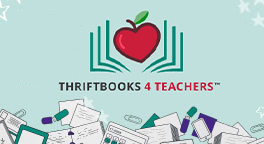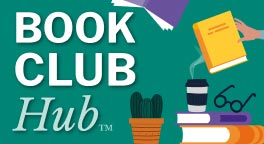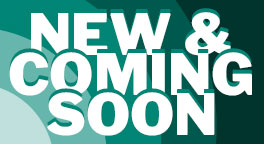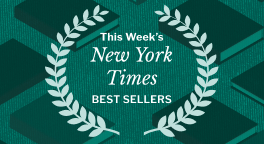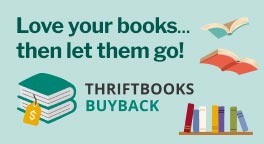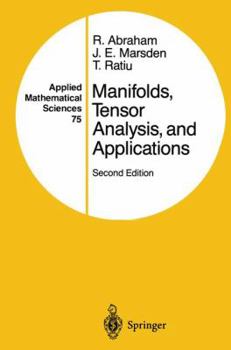Manifolds, Tensor Analysis, and Applications
Select Format
Select Condition 
Book Overview
Customer Reviews
Rated 5 starsUbD PD workbook
I have used this resource again and again when working with teachers who are either just starting out with unit design in a UbD framework, as well as with those who are quite familiar with the model. The templates and other tools are user-friendly and make the application of UbD much more straightforward than using the original text alone.
0Report
Rated 5 starsBackward design fan
This book complements in practical form the ideas presented in Understanding by Design (UbD). I am using this book as a guide for the design of courses online in higher education. Both have been a wonderful aid to rationalize the amount of resources that I must include in the courses online that I am developing. They are effective tools to determine in concise form and practices the synchronous or asynchronous activities that...
0Report
Rated 5 starsThe Most Focused Book on Education that I've Read!
I'm re-reading this fabulous resource as I start my fifth year of teaching since it keeps me focused on what I'm teaching and how to most appropriately assess how my students can apply their knowledge. The details and worksheets in this workbook help me put the book into practice day to day. Thanks Jay.
0Report
Rated 5 starsGreat resource
One of my pet peeves is books on applied topics that talk about theory but can not bridge the theory to application. This handbook does a great job of assisting educators from going from the ideas of backward instructional design to implementing these ideas in actually developing educational plans.
0Report
Rated 5 starsEssential to Understanding Understanding (that's no typo)
In order for us as educators to effectively assess our students, we must decipher how our students learn and understand. That's essentially what McTighe and Wiggins help us do here. I also bought their textbook for a course I took in Assessment. It was fascinating.This book, along with the textbook is very useful in Unit Planning and shows its readers how to effectively use the "backward design" technique. Teachers, I can...
0Report



